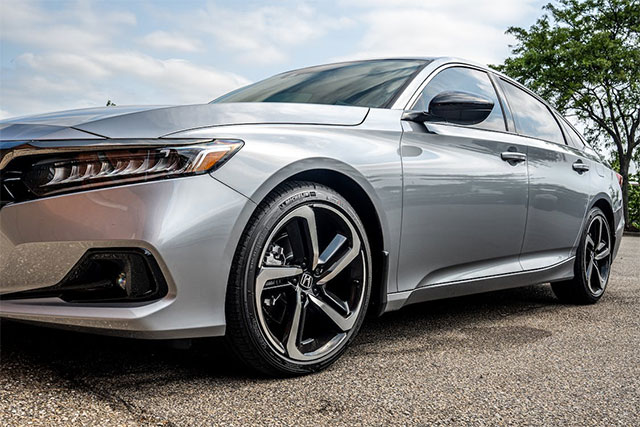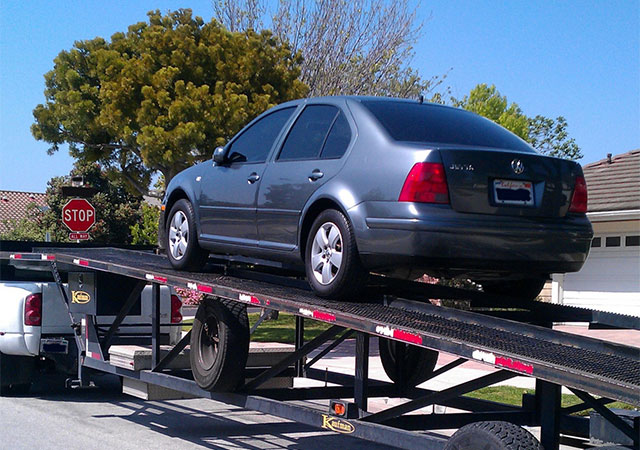At this point, you’d like to give your car a more distinctive look. As long as you don’t overdo it, you want it to stand out and reflect your personal style without being too overbearing. Window tinting comes in a variety of hues, from translucent to opaque, so you’ve undoubtedly seen them all. Is it safe to get your windows tinted darkly?
While the obvious answer is “Yes,” there are a number of instances in which motorists, pedestrians, and even other drivers are put at risk. Using tints on your car’s windows can have a downside if you choose a hue that is too dark. If you go overboard, you could find yourself in trouble with the police and in danger on the road.
Table of Contents
Dark Tints for Car

We already know that tints have a lot of advantages, but they also provide the perfect look when it comes to customizing your vehicle. UV rays can be blocked, privacy can be provided, glare can be reduced, and a host of additional advantages can be realized. However, the disadvantages of dark window tinting become more obvious when you use lower percentages than are legally permitted.
The Basics of Tint Percentages
New cars typically come equipped with tinted windows that offer some protection from the sun’s rays. However, many car enthusiasts choose to put darker tints on their vehicles after they’ve driven them off the manufacturing line. Aftermarket tinting is the word for this type of tinting, and it’s up to the professional or do-it-yourselfer to know the many tint levels available.
It is possible to apply tints to the side and rear windows of your vehicle to block out some light. Window tinting San Diego is also an option, although the requirements are tougher. Keeping your windows in compliance with state laws might be a challenge. The lower proportion signifies a darker tint, which is not necessarily as great as it seems when it comes to customizing your sports car or truck.
The amount of light that can be seen flowing through your windows is known as their visible light transmittance (VLT). The darker the tint, the lower the VLT percentage. While a 100 percent tint lets all the light through, a 70 percent tint blocks only 30% of the light.
Continue reading to learn why a dark tint can be hazardous now that you understand how to tint percentages work. The darker your ride, you may think, the cooler it will look. However, you must also take into account the possibility of unexpected outcomes.
So You’re Interested in Putting Blackout Film on Your Windows?
Applying tint to your car for either functional or purely aesthetic reasons carries the risk of going overboard. Putting too much effort into making your car appear good is a bad idea. Yes, that is a real possibility.
You can get into trouble with the law and have impaired vision if you use window tint films that are excessively dark. You can, however, find a happy middle by using tints. You can still get the style you want without obstructing yourself or others by using window films.
If you’re considering adding darker window tints instead of lighter ones, here are some things to keep in mind.
As a driver, your vision is impeded by dark tints.
In addition to protecting your eyes from the sun and UV rays, window films can also obstruct your eyesight on overcast, rainy, and snowy days. In low-light situations, a hue that is too dark may make it more difficult to see your surroundings.
A high-tinted car driving at night might be hazardous as well. Dark window films and a dark night can make visibility nearly impossible. Darker hues work well in warm climates, but they may not work as well in the north, which has more overcast and rainy days.
Window Films that are tinted darkly obscure your view from the outside world.
Crossing a crossroads is one of the many situations in which eye contact with other drivers is critical. Because drivers are focused on their eventual objective, intersections are difficult and congested. Keeping eye contact with the driver in front of you is critical when yielding to turn left, turning right at a red light, or waiting for a pedestrian to cross the street.
It’s easy for you, other drivers, and pedestrians to get the wrong impression when your car’s windows are darkly tinted. If your windows are excessively dark, you may not be seen at a junction or on any other road. Accidents can be avoided by maintaining adequate eye and hand contact and gestures. In a circumstance where you want someone to walk ahead of you, but they can’t see you, it can be difficult to communicate. When you’re playing the “you go,” “no, you go” game, eye contact helps you communicate your goal.
When crossing or making a turn, eye contact and nonverbal communication is vital. Only if you have the right tint level may it be as successful as using turn signals.
A police or rescue operation may be hindered if the windows are too dark.
To get an accurate assessment of your condition in the event of an automobile accident, rescue and medical experts peek into your vehicle. A problem that can arise is when the windows are too dark for them to see in. Based on your injuries and the severity of your injuries, rescuers will assess the best way to move you.
If the police are searching for a suspect and stumble discover your car, they may be taken off guard. As long as your vehicle matches their description and they can’t see through heavy tinting, cops may verify your ID and interview you. While window tints help prevent shattered glass in the event of an accident or impact, a tint that is too dark might put lives in danger or cause discomfort.
Making Your Car the Center of Attention Is the Antithesis of What You Want
Extremely dark tints can draw in more bystanders than lighter tints, even if they shield you from prying eyes from gazing into your automobile. Bystanders and law enforcement officers may take a closer look at your car if it has darker tints. The reverse of what you want the film to become true is when you color it beyond the standard threshold. Even car thieves may be more interested in inspecting your vehicle because it appears to conceal more valuables.
Surely the fact that you can’t see something makes you, even more, intrigued, doesn’t it? When deciding on the appropriate degree of tint for your car, keep this in mind.
The cost of your auto insurance goes up if you have excessively darkened windows.
It’s generally a good idea to notify your insurance carrier of any alterations you make to your vehicle. If you’re considering adding window tint, call ahead to find out what kind of guidelines they have in place before you do anything. Your insurance rate may not rise if your window tint films are in compliance with state requirements and legislation.
But if your tints are excessively dark, they can raise your premiums since insurance firms regard it as a deterrent to safe driving. The more illegal and dark the tint, the more expensive your insurance will be. Tint % may be used as a factor in determining a company’s rate. Avoid extremely dark window tints to save money in the long run.













